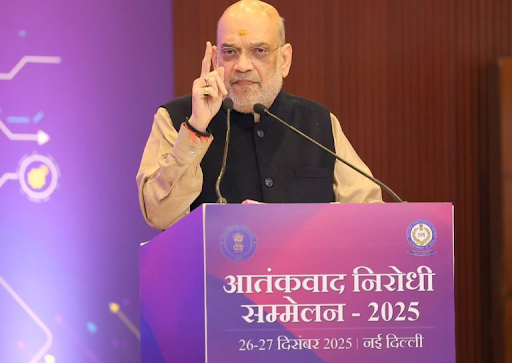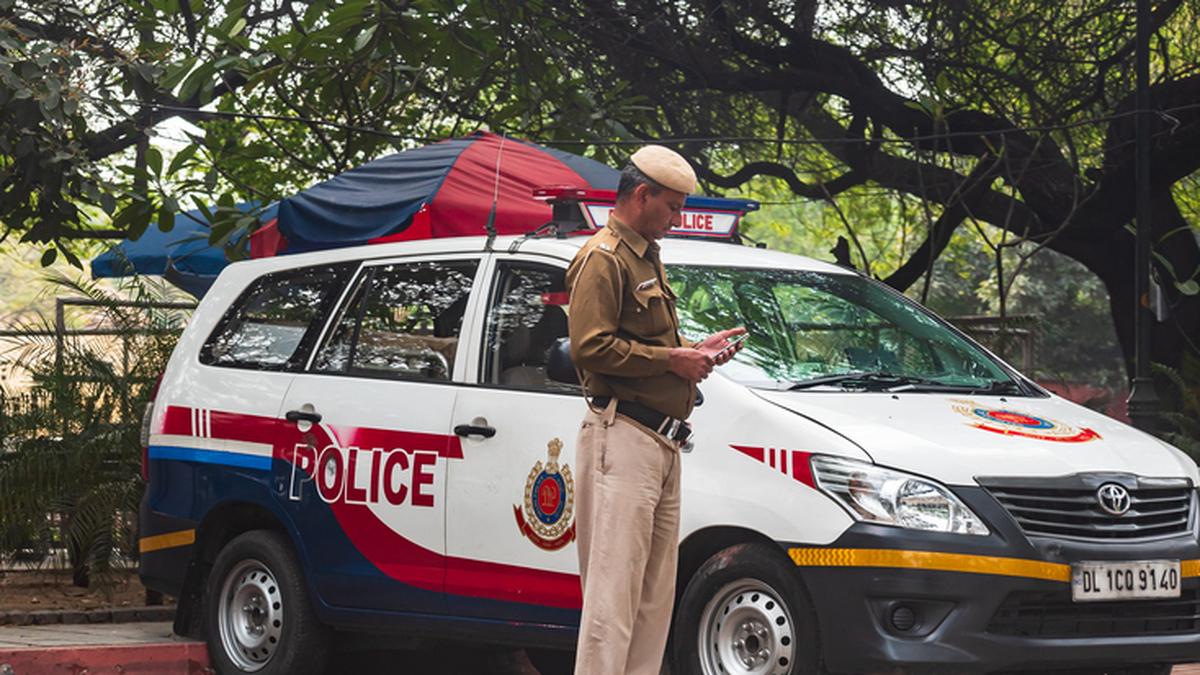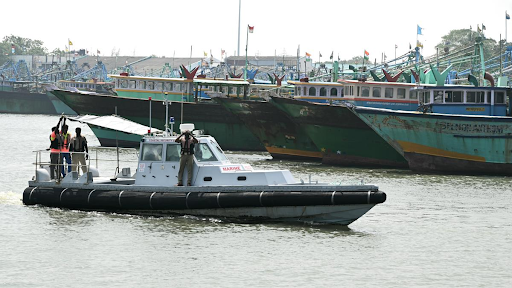




Source: INDIANEXPRESS
Disclaimer: Copyright infringement not intended.
With its current control under the Taliban Bagram's future has again emerged in the global discourse particularly following claims by former US President Donald Trump regarding Chinese presence at the base claims that the Taliban have officially denied.
Bagram Airfield Afghanistan’s largest military base holds immense geopolitical and strategic value in the heart of Asia.
Originally built by the Soviet Union in the 1950s it later became a centerpiece of both Soviet and American military operations.
|
Feature |
Details |
|
Location |
60 km north of Kabul in Parwan province |
|
Connectivity |
Near Salang Tunnel linking North to South Afghanistan |
|
Area |
Over 77 km2 (expanded by the US post-2001) |
|
Strategic Access |
Proximity to key regions – Kabul, Mazar-e-Sharif, Kandahar, Bamiyan |
Parwan province is considered vital for any power wishing to control Afghanistan due to its geographical centrality and connectivity.
Soviet Era (1950s–1989)
Built by USSR during the Cold War as part of its influence-building in Afghanistan.
Became a major operational base during the Soviet-Afghan War (1979–1989).
Symbolized Cold War military architecture and Soviet power projection.
Civil War Period (1990s)
Post-Soviet withdrawal: fell into disuse and damage.
Became a battlefront between Taliban and Northern Alliance.
American Control (2001–2021)
Post-9/11: US took control in late 2001 as part of the Global War on Terror.
Developed into the main military hub for NATO operations.
Trump’s Claim
Claimed in 2025 and earlier in March that China occupies Bagram near where China makes nuclear weapons.
Taliban Response
Official denial: No Chinese presence or agreement over Bagram.
Asserted full control by the Islamic Emirate of Afghanistan.
China’s Engagement with the Taliban
China has not formally recognized the Taliban but:
Hosted Taliban delegations.
Granted ambassador credentials to Taliban representative in 2024.
Eyeing Afghanistan’s mineral resources, trade routes and Belt and Road Initiative expansion.
Security concerns about Uyghur militants from Xinjiang using Afghan territory.
India’s interests in Afghanistan have historically aligned with the Northern Alliance and US-led stabilization.
Concerns
Chinese strategic inroads into Afghanistan via economic diplomacy.
Use of Bagram for surveillance or military projection by hostile powers.
Re-emergence of terror sanctuaries that could destabilize South Asia.
Policy Options
Engage regional actors (Iran, Central Asia, Russia) to monitor Chinese and Taliban moves.
Strengthen intelligence cooperation and cross-border surveillance.
Focus on diplomacy, humanitarian outreach and backchannel contacts with Afghan actors.
Sources:
|
PRACTICE QUESTION Q. Assess India’s strategic options in response to increasing Chinese presence and influence in Afghanistan. 250 words |





© 2026 iasgyan. All right reserved